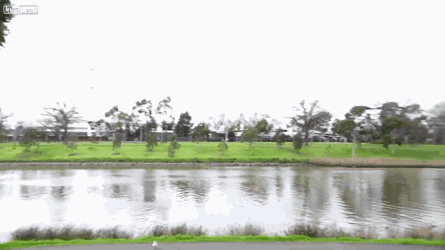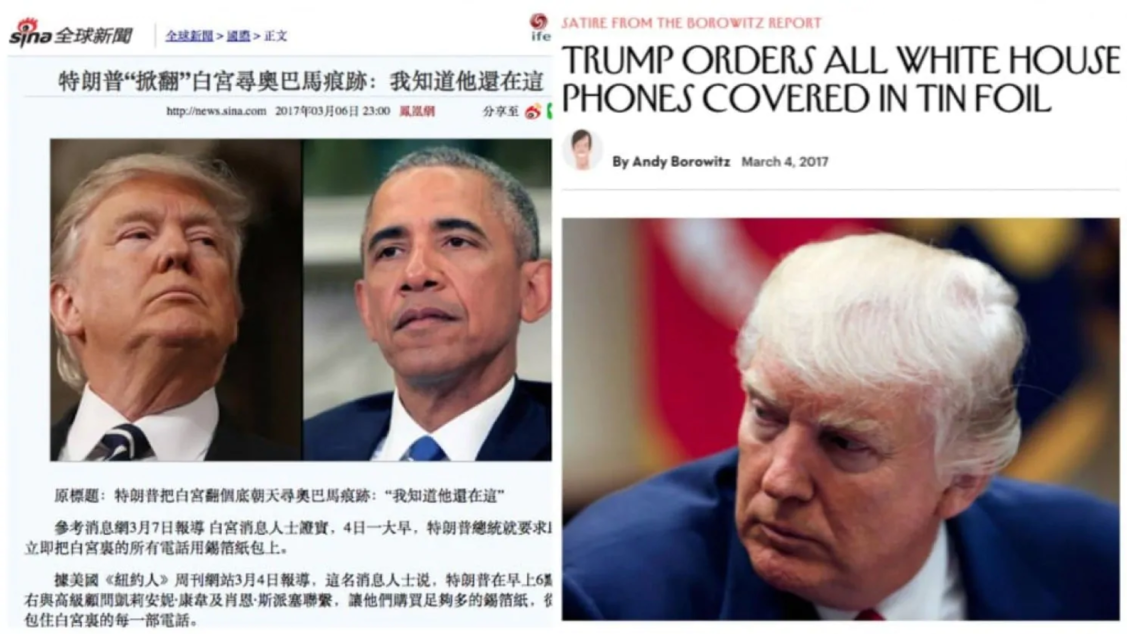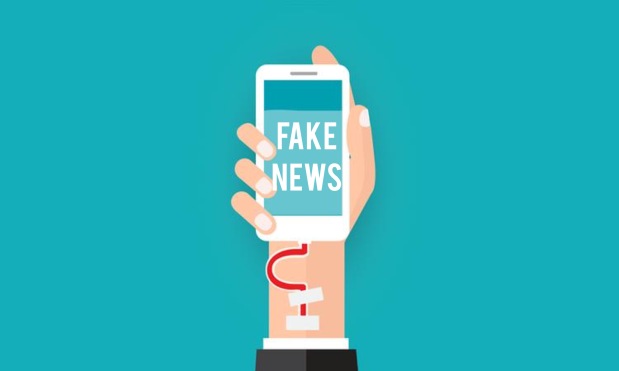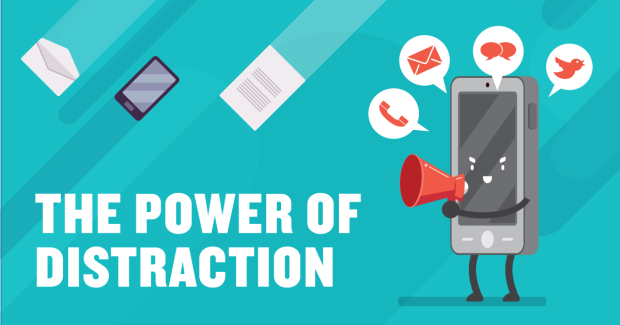As the last part of the series, this one will focus on actual fake news.

Source: Swadeology
Unlike satire, actual fake news deliberately aim to mislead and misinform whether for revenue or political purposes.
Alex Jones & Infowars
Managed by far-right conspiracy theorist, Alex Jones, Infowars has published harmful stories such as the tragic Sandy Hook Elementary School shooting and Boston Marathon bombing being hoaxes that involved ‘crisis actors’.
So, what are the tech companies doing?
After the Senate hearing about the alleged anti-conservative bias on major tech platforms where Facebook COO, Sheryl Sandberg, and Twitter CEO ,Jack Dorsey, testified, Twitter and Periscope permanently banned Alex Jones and Infowars from their platforms.
Twitter follows Google parent, Alphabet, Inc, along with Apple, Facebook and Spotify in banning Jones and Infowars from posting content on their platforms. Since then, Paypal has also banned Jones and Infowars from using their service and platform.
Can of Worms?
While many has welcomed the ban, conservatives have criticised it as an infringement of free speech. To what extent does our opinions count as truths? How do we draw the line between an objective truth and an individual perspective?
-Maria

















 You’re doing amazing, sweetie
You’re doing amazing, sweetie